When I’m out trout fishing, one of my favorite distractions is exploring the streamside vegetation in search of delicious wild berries and fruit.
In certain areas, these berries grow abundantly, providing a bountiful supply of sweet treats for both fishermen and wildlife to enjoy.
While most wild berries are irresistible with their sugary sweetness, occasionally, I come across one that tastes unpleasant.
Nevertheless, they still make for a useful snack, especially when I forget to pack enough food for my fishing trips. The presence of blackberries, gooseberries, and currants has significantly enhanced the enjoyment of my extended fishing expeditions.
Where do wild berries grow?
Wild berries thrive along the banks of rivers and streams, taking advantage of the moist and fertile soil found in these riparian environments. Most of these berries can be found on the moist ground near riverbanks, which provides the optimal growing conditions they require.
They also thrive in thickets, creating lush patches of vibrant berries. Additionally, shorter varieties like strawberries often flourish under the protective canopy of trees in moist areas, where they receive ample sunlight and moisture.
One fascinating location to explore for wild berries is on the grounds of long-abandoned pioneer cabins. During one of my excursions, I stumbled upon a sprawling grapevine in such a location, showcasing the tenacity of nature to reclaim forgotten spaces.
Although I was there too early in the summer, and the fruit was still green, it revealed the potential for fruitful discoveries in unexpected places.
The combination of nutrient-rich soil, adequate moisture from the nearby river or stream, and sunlight in these riparian environments creates a favorable habitat for wild berries to flourish, offering a delightful bounty for foragers and wildlife alike.
Is eating wild berries safe?
When it comes to consuming wild berries, it is important to prioritize safety. I personally adhere to a cautious approach by only eating berries that I can confidently recognize, although I do possess a relatively high risk tolerance. This is because certain berries can be poisonous, and when in doubt, it is best to err on the side of caution and refrain from consuming them. Some examples of poisonous berries include Yew, Holly, Mistletoes, and Nightshades.
It’s worth noting that not all edible wild berries are necessarily enjoyable to taste. Some may look appetizing but have an unpleasant flavor or require specific preparation methods to become enjoyable. For instance, wild cherries, false strawberries, rose hips, and laurel fruit fall into this category. On the other hand, certain berries like elderberries need to be cooked before consumption.
To ensure the safety of foraged berries, it is essential to follow these guidelines:
- Proper Identification: Educate yourself about the characteristics of edible berries and those that are potentially toxic. Consult reliable resources or seek guidance from experienced foragers to accurately identify different berry species.
- Risk Assessment: When uncertain about the identification of a particular berry, it is best to refrain from consuming it. Some poisonous berries can resemble edible ones, emphasizing the need for accurate identification.
- Taste Testing: Before consuming any wild berries, conduct a small taste test to check for any unpleasant or bitter flavors. If the taste is disagreeable or off-putting, it is advisable to avoid consumption.
- Harvesting Environment: Ensure the berries you collect are from clean and unpolluted areas, avoiding berries from roadsides or areas treated with pesticides.
- Allergies and Sensitivities: Be aware of any allergies or sensitivities you may have to certain berries or related fruits. Exercise caution and avoid consumption if you are uncertain.
- Specific Preparation Methods: Some berries may require specific cooking or preparation methods to make them enjoyable and safe for consumption. Familiarize yourself with appropriate techniques for the berries you encounter.
By adhering to these guidelines and conducting proper research, you can enjoy the rewards of foraging for safe and delicious wild berries while minimizing potential risks to your health.
My favorite berries to forage while fishing
Raspberries
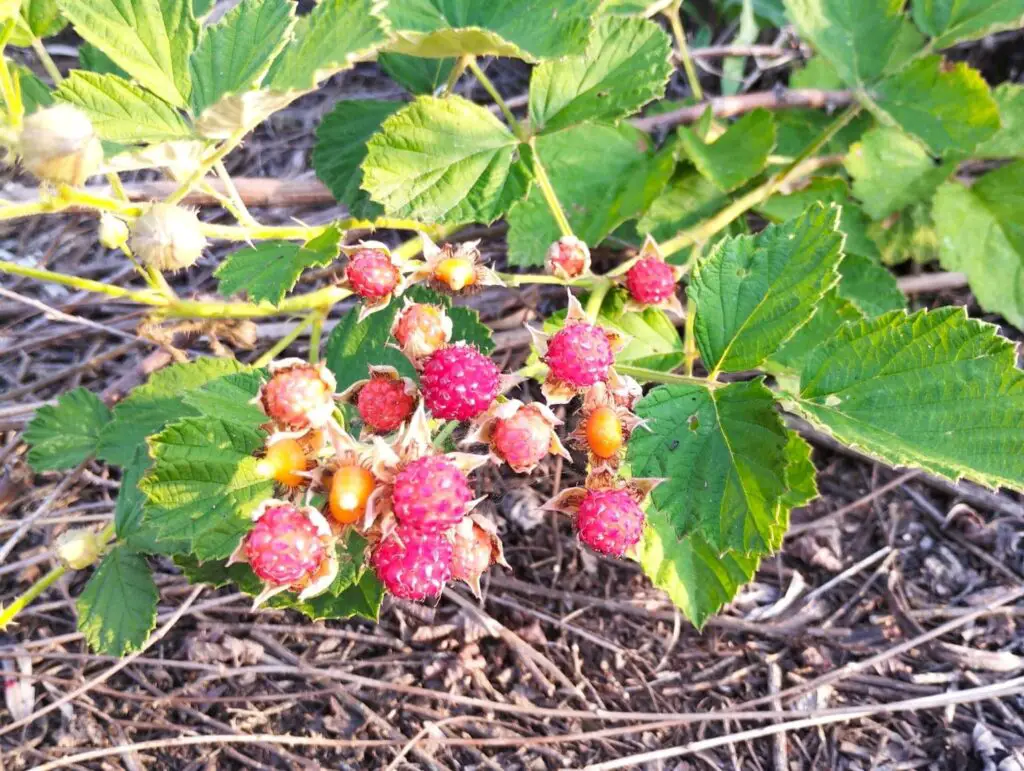
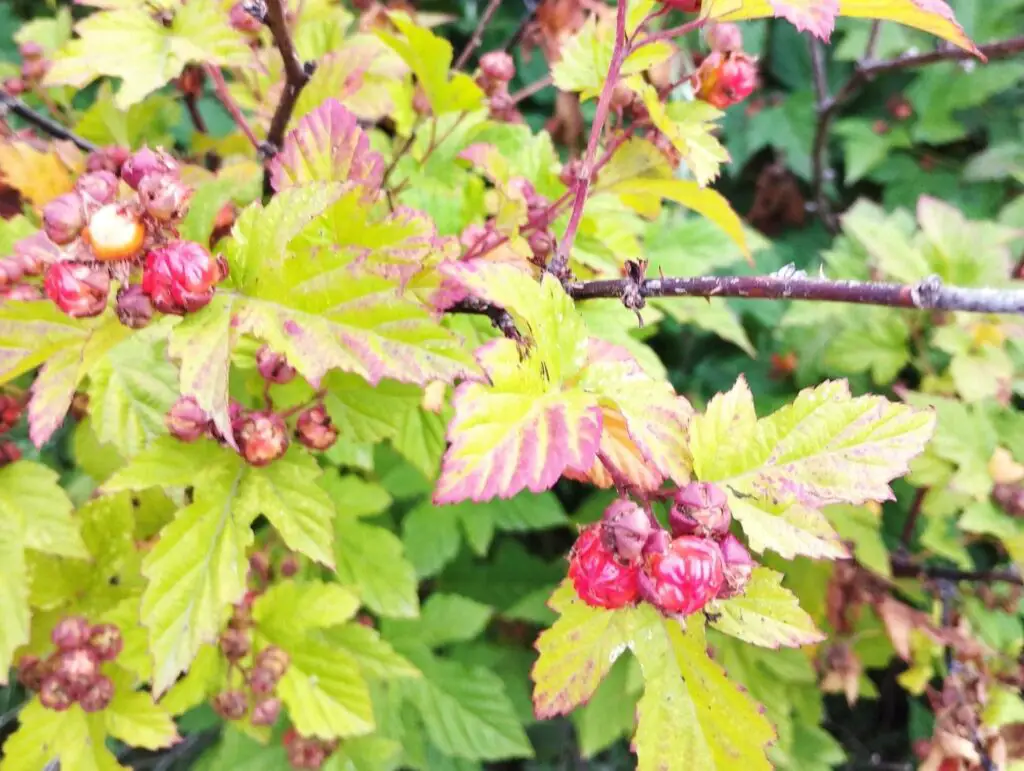
Raspberries are delicious, and I like the flavors. Whenever I see them growing, I always have to pick a few and give them a taste test.
Sometimes, they are very sour. I have come across several variations of raspberries. Growing up I use to call one a wine berry, but I think that is just a generic term for unidentified edible berries.
Raspberries are typically ready to eat from the late spring, into the summer.
Blackberries
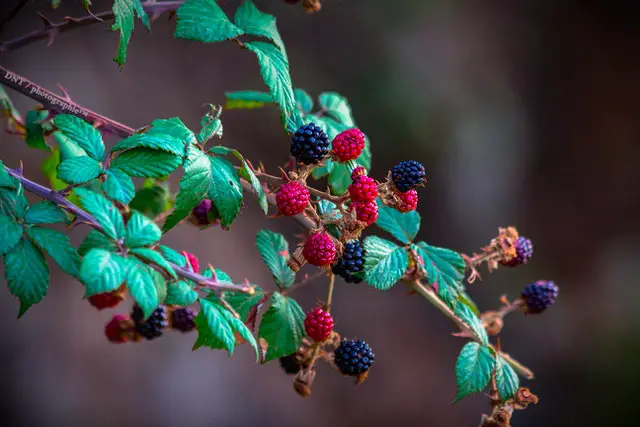
I have eaten more wild blackberries than any other fruit. They seem to grow in such abundance. I have eaten them in North America, England, and New Zealand.
When I was little, I remember harvesting bucket loads with my grandparents. I probably ate more than I put in the containers.
The main downside about blackberries is that they can be a bit prickly, and the sprawling vines can sometimes make it difficult to walk. The vines can also be a trip hazard.
Mulberries
Mulberries are delicious, but the birds also love them. So make sure to avoid the ones with bite holes or are covered in poo. They can taste disgusting.
If I have one complaint about mulberries is that they are only in fruit for a couple of weeks in the late spring. Such a short season and easy to miss.
They also stain my fingers.
Black and Red Currant
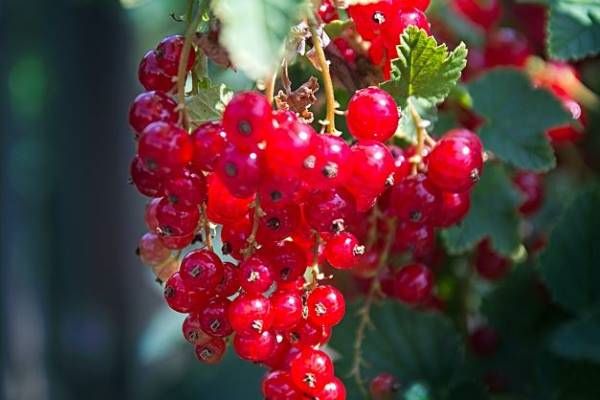
Currants can be difficult to find in many parts of North America, apparently their was a campaign to eradicate them because they were host to a disease that infected white pines. Nevertheless, they cling to survival in some areas and are always worth a quick stop when ripe.
In my experience, they look sweeter than they actually are. Birds seem to hit red currants quite hard, so they never become fully ripe when growing in the wild.
Black currants are usually larger, and the birds seem to leave them alone for longer. They are the better tasting of the two.
I rarely come across them growing on the water edge, and they take a little more searching to find.
Cranberries
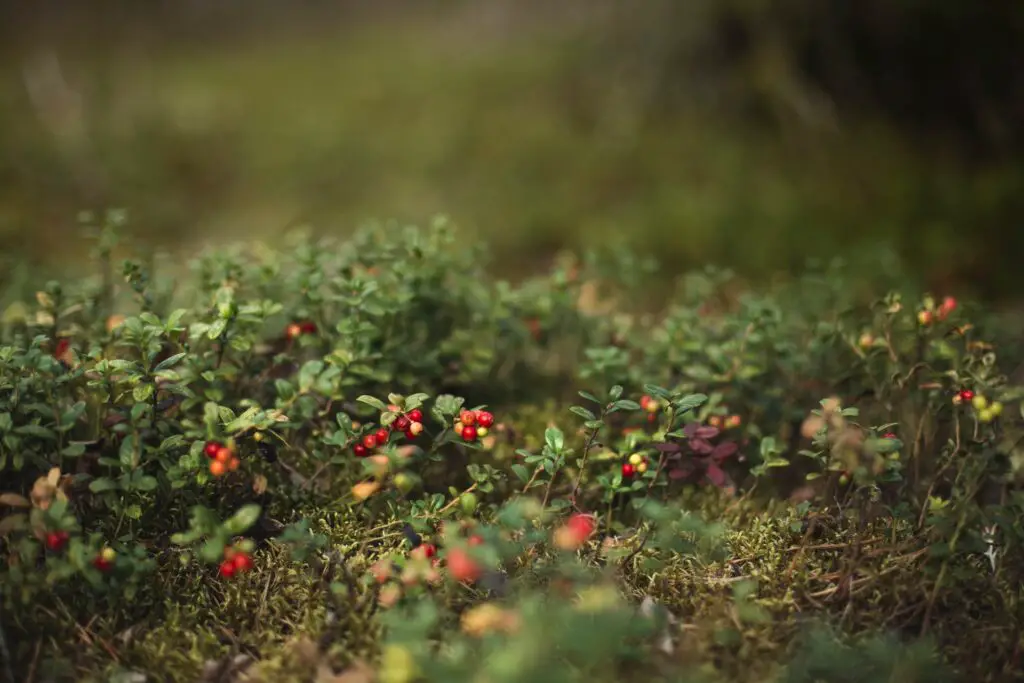
I love cranberries, they are one of my favorite fruits and they love growing in moist environments. My only complaint is that I find they look very similar to other low growing scrubs so I rarely have the confidence to eat them in the wild.
Gooseberries
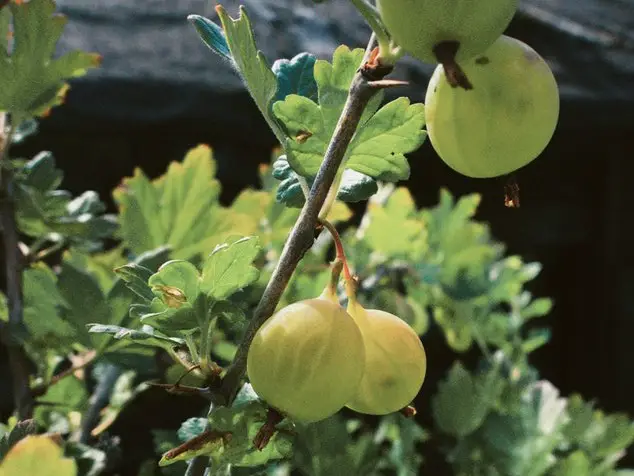
Gooseberry season is always a special treat, I love the flavor and I never really see them for sale in stores so the only way I get to eat them is by foraging. I often hear their flavor compared with green kiwi, but I do not see the similarities.
Fortunately, there are a few wild gooseberries groves close to some of my favorite trout streams, and most people seem to have no idea just how tasty the fruit is. This means more fruit for me.
Gooseberries seem to get ripe around the middle of summer. The ripe fruit range in color from golden to pinkish-red. My mother use to harvest the fruits while they will still green, and cooked them into a pleasant stew which can be eaten on cereal or used in pastry.
Wild Strawberries
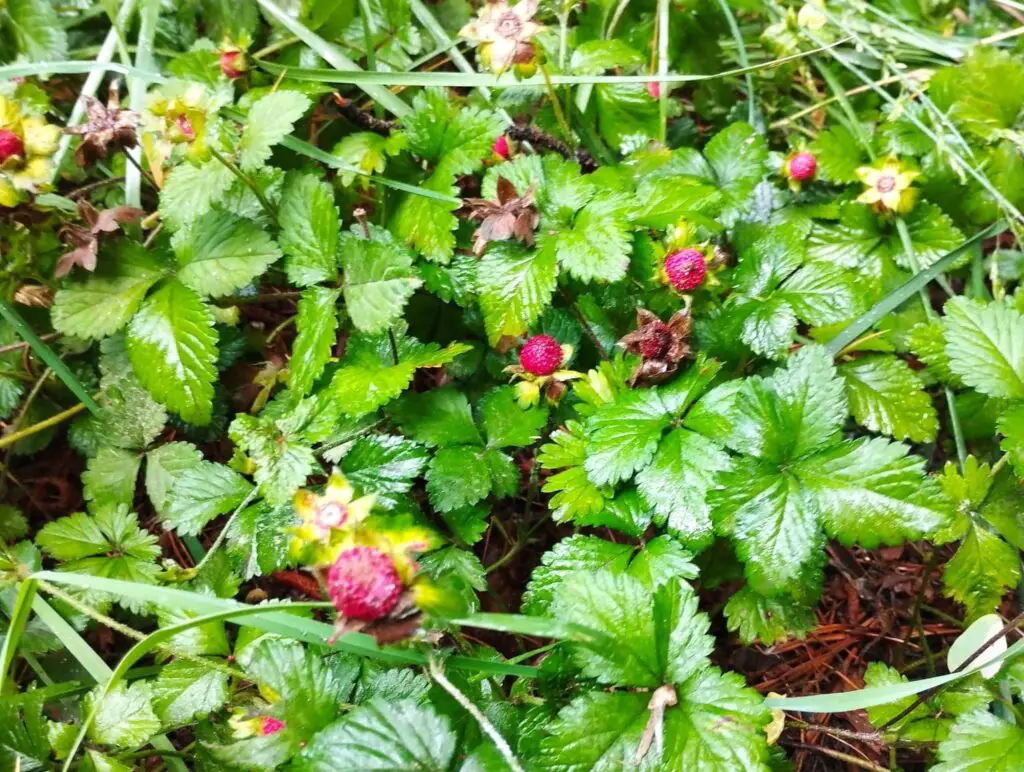
I have quite a few mixed experiences with wild strawberries, and I rarely bother with them now.
True wild strawberries, at least in my experience are very tiny but pleasant to eat. Do not expect to find massive big red berries like the ones that are commercially grown. Wild strawberries are normally the size of a fingernail or smaller. They generally grow in damp, shaded areas under canopy.
Sometimes, I find slightly bigger fruit that resembles strawberries, but they taste flavorless and are covered in hard seeds. These are false strawberries. They are horrible. I quite often find them growing near access tracks, maybe they are an escape garden plant.
Summary
So here are the berries I most commonly forage while taking a break from fishing. Did I miss any? Probably.
I know many people eat Huckleberries and Blueberries, but they do not seem to grow where I typically fish.
Most importantly, do not eat anything poisonous, and watch out for bears which might also be foraging for berries.


Good article .
Ripe Gooseberries can be lovely and no need to cook.
Wild Strawberries are amazing to eat. In Europe that is .
Thank you 😀❤
Thanks for the comment.
Fully ripe gooseberries might just be my favorite. Just a shame the season seems to be so short.
I don’t think I ever found wild strawberries while in Europe, did eat a lot of feral blackberries in the UK and they were delicious.